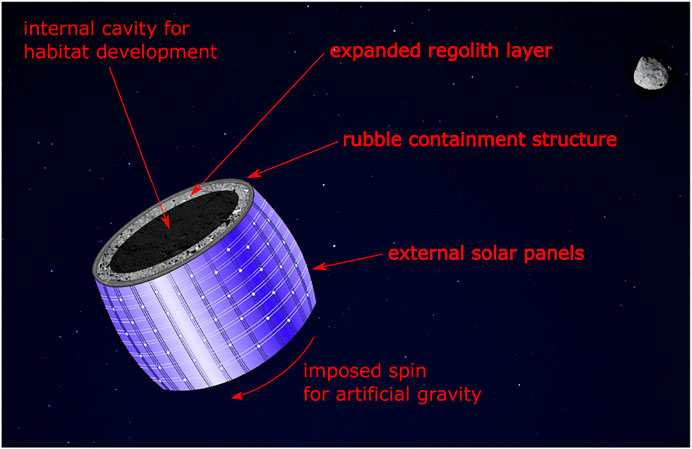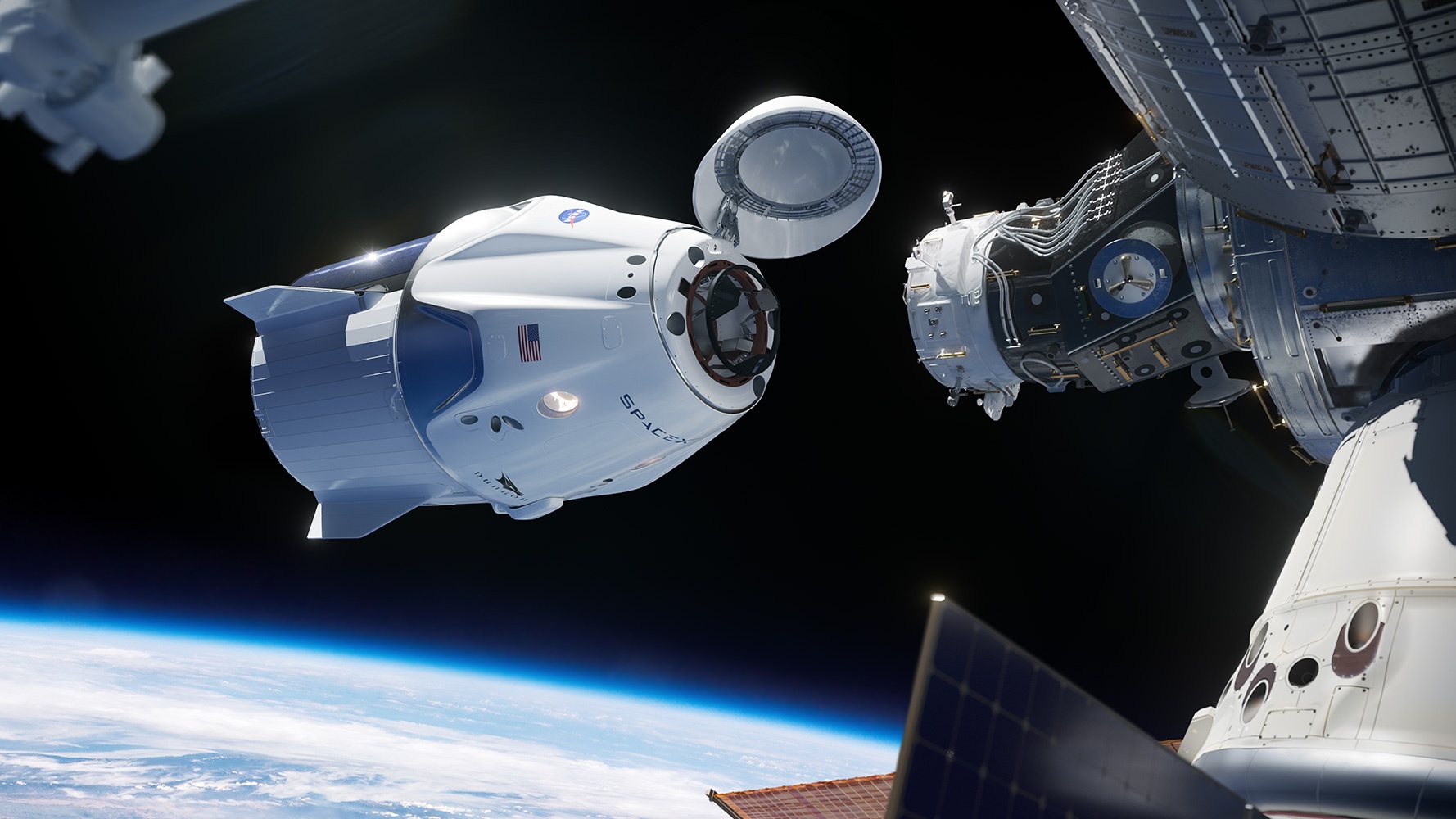The celebs name to us, as Carl Sagan as soon as stated. Given the human drive to discover our world and broaden our attain, it’s seemingly solely a matter of time earlier than we start to construct our houses within the solar system. The Moon and Mars may very well be acceptable locations, however close by asteroids might additionally grow to be houses, as a current research exhibits.
The chilly, weightless, radiation-filled darkish of space poses quite a lot of challenges to human habitation. We have to be shielded from cosmic radiation and solar wind, and microgravity poses vital well being hazards to the human physique. It will drive us to reside underneath a layer of regolith or soil on the Moon and Mars. Given the low gravity of those worlds, we is perhaps higher off dwelling deep inside small asteroids that we are able to spin as much as create a wholesome synthetic weight.
There has lengthy been a dream of constructing an enormous rotating space station to name house, such because the one featured in *2001: A Area Odyssey*, however the challenges of development are enormous, to not point out the logistics of lifting such giant portions of metal and different supplies into space. A rotating station would should be at the very least tons of of ft throughout to make synthetic gravity sensible The larger the higher. So engineers have proposed spinning up asteroids as a type of ready-built station. We would want to dig out the inside, however this may give us supplies we might use.

The metal-rich asteroid 16 Psyche is an efficient chance. Mining the inside of its estimated trillions of {dollars} price of uncommon earth metals would additionally present a radiation-shielded habitat, so long as quickly spinning Psyche doesn’t trigger it to fly aside. On this level, the idea appears to be like promising. One research of spinning asteroids discovered that stable ones up to some hundred yards in diameter ought to tolerate a spin price quick sufficient to maintain synthetic gravity as much as half a gee or so.
There’s only one downside. Most asteroids on that scale aren’t stable. As an alternative, they’re a free assortment of rock and dust referred to as rubble pile asteroids. They’d fly aside lengthy earlier than reaching a usable spin price. So on this newest research, the group appears to be like at a compromise design. Fairly than counting on the inherent construction of an asteroid, they suggest wrapping it in a cloth robust sufficient to carry it collectively whereas spinning. The wrapping layer may very well be coated in solar panels to generate electrical energy. and the rubble would supply assets and radiation shielding. Such a design would cut back the quantity of fabric wanted to carry to space whereas resourcing extra frequent near-Earth asteroids.

The research discovered the thought promising, however not but sensible. The mandatory tensile energy of the wrap materials would exceed that of present supplies. However the design is throughout the vary of future supplies comparable to carbon nanofiber. By the point we are able to construct a house on close by asteroids, we might very nicely have the superior supplies we’d like. It’s an fascinating concept, and it exhibits how our choices for houses in space are extra than simply the surfaces of the Moon and Mars.
Reference: Miklavcic, Peter M., et al. “Habitat Bennu: Design Concepts for Spinning Habitats Constructed From Rubble Pile Near-Earth Asteroids.” Frontiers in Astronomy and Area Sciences 8 (2022): 645363.
Reference: Maindl, Thomas I., Roman Miksch, and Birgit Loibnegger. “Stability of a rotating asteroid housing a space station.” Frontiers in Astronomy and Area Sciences 6 (2019): 37.






